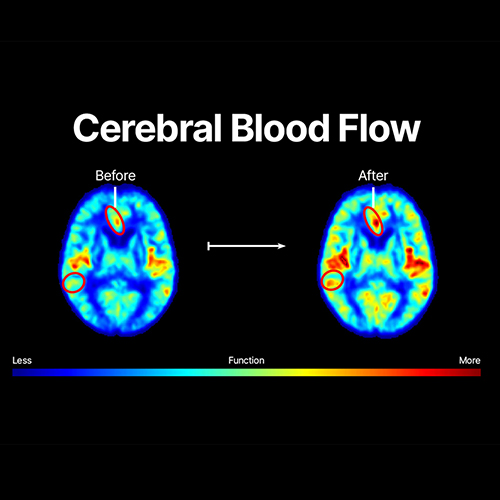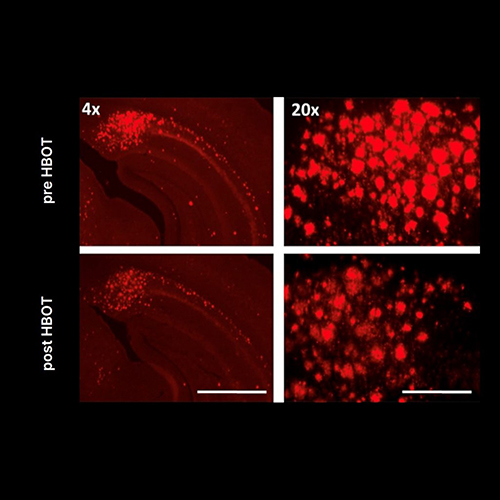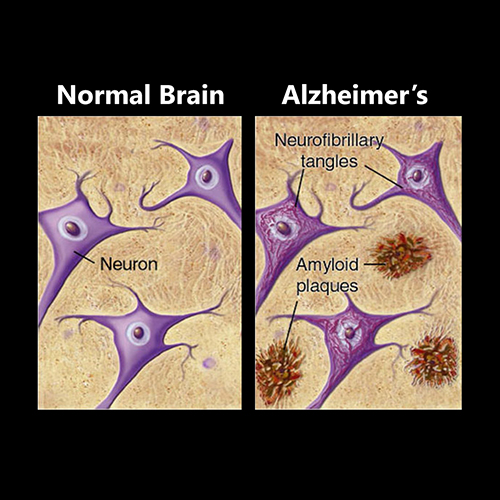& Pain Free
PURE MEDICAL’S
ALZHEIMER’S DISEASE TREATMENT
You deserve to be happy, healthy & Pain Free
Alzheimer’s Disease
According to the Alzheimer’s Society, research conducted shows that, in 2019, there were over 850,000 people with dementia in the UK. This represents 1 in every 14 of the population aged 65 years and over. In 2040, there will be over 1.5 million people with dementia in the UK, at the current prevalence rate.
A remarkable new study has moved scientists closer to preventing and curing age-related cognitive loss, particularly in Alzheimer’s disease and dementia in its early stages.
This ground-breaking study, which was published in the journal ageing on September 9th, is part of a larger programme investigating age-related cognitive decline. the study, led by Tel Aviv University and the Sagol school of neuroscience, is the first to show that hyperbaric oxygen therapy (HBOT), a non-pharmaceutical technique, is successful in reversing the key activators and early signs of Alzheimer’s disease.
HBOT is a type of oxygen therapy in which a patient is given 100% pure oxygen in a pressured environment. It’s been used to treat other conditions for decades, including non-healing ischemic wounds. It has also shown promising signs as a possible treatment for reversing the major activators and early signs of Alzheimer’s disease and dementia, as well as treating brain and cognitive impairments, for the first time.
of blood flow
Alzheimer’s Disease Treatment & Therapy
Scientific Studies
According to the Alzheimer’s Society, research conducted shows that, in 2019, there were over 850,000 people with dementia in the UK. This represents 1 in every 14 of the population aged 65 years and over. In 2040, there will be over 1.5 million people with dementia in the UK, at the current prevalence rate.
A remarkable new study has moved scientists closer to preventing and curing age-related cognitive loss, particularly in Alzheimer’s disease and dementia in its early stages.
This ground-breaking study, which was published in the journal ageing on September 9th, is part of a larger programme investigating age-related cognitive decline. the study, led by Tel Aviv University and the Sagol school of neuroscience, is the first to show that hyperbaric oxygen therapy (HBOT), a non-pharmaceutical technique, is successful in reversing the key activators and early signs of Alzheimer’s disease.
HBOT is a type of oxygen therapy in which a patient is given 100% pure oxygen in a pressured environment. It’s been used to treat other conditions for decades, including non-healing ischemic wounds. It has also shown promising signs as a possible treatment for reversing the major activators and early signs of Alzheimer’s disease and dementia, as well as treating brain and cognitive impairments, for the first time.
of blood flow




